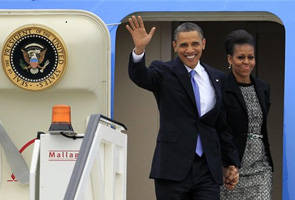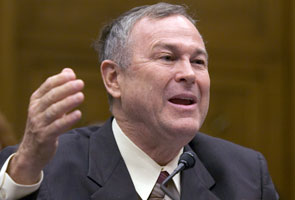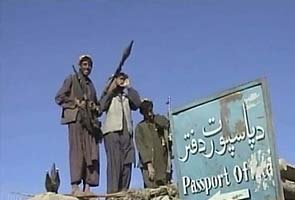31 may 2011
Chicago: An admitted American terrorist who is the government's star witness in the trial of a Chicago businessman accused in the deadly 2008 Mumbai attacks said on Tuesday that another militant with ties to Al Qaida had once plotted to attack U.S. defense contractor Lockheed Martin.
David Coleman Headley, who has pleaded guilty to laying the groundwork in the three-day massacre that left more than 160 dead in India's largest city, is testifying in the trial of his longtime friend, Tahawwur Rana, in exchange for avoiding the death penalty and extradition.
Rana has pleaded not guilty to accusations that he provided Headley cover as the Pakistani-American conducted surveillance in India before the attacks. Rana, a Canadian national who has lived in Chicago for years and owns an immigration services business, has pleaded not guilty.
Though Rana is on trial, it is Headley's testimony that is being closely watched for any clues in the fight against global terrorism, especially in the wake of the May 2 killing of Osama bin Laden by U.S. forces outside Pakistan's capital city and amid suspicions that the country's government may have known or helped hide the former Al Qaida leader.
On Tuesday, Headley told jurors that in August 2009, he used one of Rana's work computers in Chicago to begin researching details about Lockheed Martin and its CEO for Ilyas Kashmiri, a Pakistani terrorist leader who has ties to Al Qaida.
"He had people who had conducted surveillance," Headley said of Kashmiri.
Headley said Kashmiri was angry over the U.S. drone attacks inside Pakistan and wanted to target the defense contractor. Kashmiri leads the militant group Harakat-ul-Jihad al-Islami, which has launched attacks in India and Pakistan, including a 2006 suicide bombing against the U.S. consulate in Karachi that killed four people, according to the State Department.
Headley did not provide details about the plot, which was not carried out, but said Rana did not know about it.
Rana's defense attorneys have tried to discredit Headley, who spent days detailing for prosecutors how he took orders from the Pakistani intelligence agency, known as the ISI, and Lashkar-e-Taiba, the militant group blamed in the Mumbai attacks. Headley also has pleaded guilty to plotting an attack against a Danish newspaper that in 2005 printed cartoons of the Prophet Muhammad, which angered many Muslims. Rana is also charged in that plot, which was never carried out.
The defense's main focus has been to portray Headley as a liar who has lived multiple lives. Attorneys have asked Headley to detail how he worked as an informant for the Drug Enforcement Administration after two heroin convictions while also first becoming involved with Lashkar.
Under defense questioning, Headley has admitted that he lied in his initial statements to law enforcement when he said Rana had no knowledge of his plans. On Tuesday he admitted that he had sought a psychiatrist for a "mixed personality disorder" diagnosis, but did not disclose that treatment when asked by the judge in the case. He also acknowledged that he omitted details about his second wife when he spoke to his first wife.
Defense attorneys showed clips of Headley's initial statement to investigators, which showed a stark contrast to the man who has been speaking in a soft and nearly monotonous voice while appearing unaffected by days of questioning. In the video, a visibly agitated and fast-talking Headley keeps asking prosecutors if they had made any other arrests yet in the case.
Still, experts have said that undermining Headley's credibility is a challenge for the defense. His testimony has involved numerous emails and transcripts of phone calls with others listed in the indictment.
"He's certainly an imperfect individual, but the fact that the U.S. government put him up there and put him up there first, seems to suggest a reasonable level of confidence in what he has to say," said Stephen Tankel, a visiting scholar at the Carnegie Endowment for International Peace who has written a book on Lashkar.
Besides Rana, six others are charged in absentia, including Kashmiri, a man known only as "Major Iqbal," who Headley said was an ISI major, and Sajid Mir, Headley's Lashkar-e-Taiba handler.
Headley said he started working with Lashkar in 2000. He testified that the group and Pakistan's Inter-Services Intelligence agency operate under the same umbrella, though Pakistan has repeatedly denied the allegation. Headley said Lashkar and ISI coordinated in planning the attacks and that Rana was apprised of developments.
Rana and Headley, who are both 50, were schoolmates at a Pakistani military boarding school and have remained in touch.
Ilyas Kashmiri had planned to kill Lockheed Martin CEO: Headley
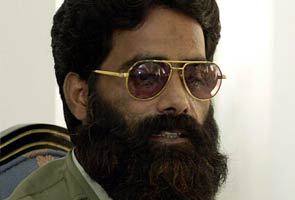 |
| Dr Sanjay Kumar Cardiothoracic Cardiac Heart Surgeon Surgery India |
David Coleman Headley, who has pleaded guilty to laying the groundwork in the three-day massacre that left more than 160 dead in India's largest city, is testifying in the trial of his longtime friend, Tahawwur Rana, in exchange for avoiding the death penalty and extradition.
Rana has pleaded not guilty to accusations that he provided Headley cover as the Pakistani-American conducted surveillance in India before the attacks. Rana, a Canadian national who has lived in Chicago for years and owns an immigration services business, has pleaded not guilty.
Though Rana is on trial, it is Headley's testimony that is being closely watched for any clues in the fight against global terrorism, especially in the wake of the May 2 killing of Osama bin Laden by U.S. forces outside Pakistan's capital city and amid suspicions that the country's government may have known or helped hide the former Al Qaida leader.
On Tuesday, Headley told jurors that in August 2009, he used one of Rana's work computers in Chicago to begin researching details about Lockheed Martin and its CEO for Ilyas Kashmiri, a Pakistani terrorist leader who has ties to Al Qaida.
"He had people who had conducted surveillance," Headley said of Kashmiri.
Headley said Kashmiri was angry over the U.S. drone attacks inside Pakistan and wanted to target the defense contractor. Kashmiri leads the militant group Harakat-ul-Jihad al-Islami, which has launched attacks in India and Pakistan, including a 2006 suicide bombing against the U.S. consulate in Karachi that killed four people, according to the State Department.
Headley did not provide details about the plot, which was not carried out, but said Rana did not know about it.
Rana's defense attorneys have tried to discredit Headley, who spent days detailing for prosecutors how he took orders from the Pakistani intelligence agency, known as the ISI, and Lashkar-e-Taiba, the militant group blamed in the Mumbai attacks. Headley also has pleaded guilty to plotting an attack against a Danish newspaper that in 2005 printed cartoons of the Prophet Muhammad, which angered many Muslims. Rana is also charged in that plot, which was never carried out.
The defense's main focus has been to portray Headley as a liar who has lived multiple lives. Attorneys have asked Headley to detail how he worked as an informant for the Drug Enforcement Administration after two heroin convictions while also first becoming involved with Lashkar.
Under defense questioning, Headley has admitted that he lied in his initial statements to law enforcement when he said Rana had no knowledge of his plans. On Tuesday he admitted that he had sought a psychiatrist for a "mixed personality disorder" diagnosis, but did not disclose that treatment when asked by the judge in the case. He also acknowledged that he omitted details about his second wife when he spoke to his first wife.
Defense attorneys showed clips of Headley's initial statement to investigators, which showed a stark contrast to the man who has been speaking in a soft and nearly monotonous voice while appearing unaffected by days of questioning. In the video, a visibly agitated and fast-talking Headley keeps asking prosecutors if they had made any other arrests yet in the case.
Still, experts have said that undermining Headley's credibility is a challenge for the defense. His testimony has involved numerous emails and transcripts of phone calls with others listed in the indictment.
"He's certainly an imperfect individual, but the fact that the U.S. government put him up there and put him up there first, seems to suggest a reasonable level of confidence in what he has to say," said Stephen Tankel, a visiting scholar at the Carnegie Endowment for International Peace who has written a book on Lashkar.
Besides Rana, six others are charged in absentia, including Kashmiri, a man known only as "Major Iqbal," who Headley said was an ISI major, and Sajid Mir, Headley's Lashkar-e-Taiba handler.
Headley said he started working with Lashkar in 2000. He testified that the group and Pakistan's Inter-Services Intelligence agency operate under the same umbrella, though Pakistan has repeatedly denied the allegation. Headley said Lashkar and ISI coordinated in planning the attacks and that Rana was apprised of developments.
Rana and Headley, who are both 50, were schoolmates at a Pakistani military boarding school and have remained in touch.
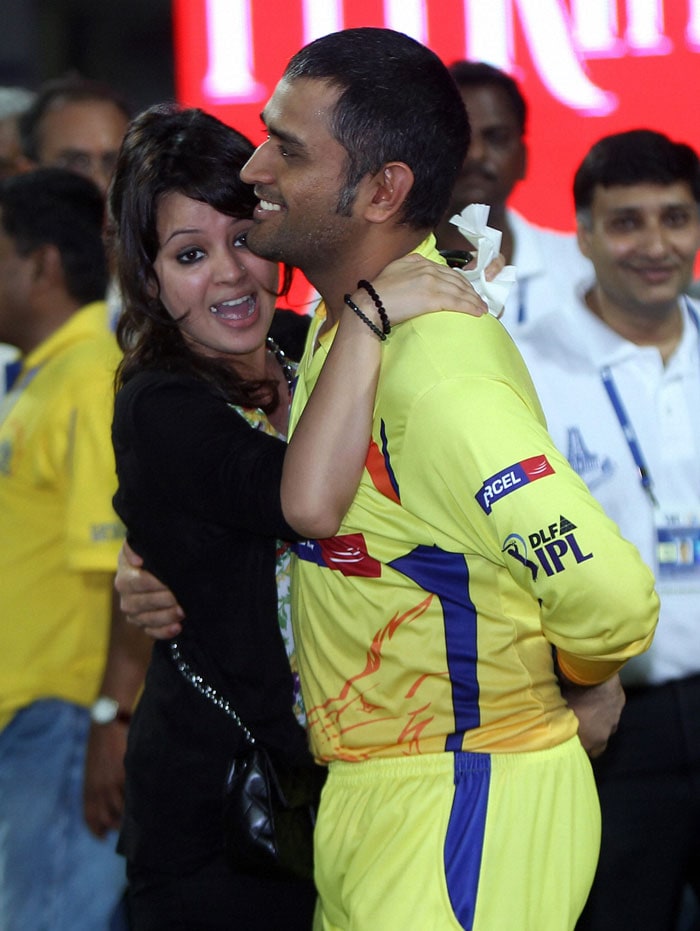
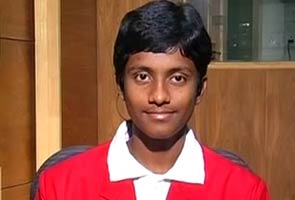
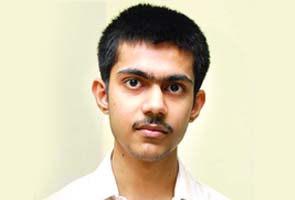









 How did Chennai win this? How did Bangalore lose this? Chennai always seemed to be lagging behind but surged like a tidal wave, with the odd run-filled over now and then, to storm in to the IPL final. At the forefront was a feisty Suresh Raina, who pulled out the big shots through the latter half of the chase to set up an improbable win.
How did Chennai win this? How did Bangalore lose this? Chennai always seemed to be lagging behind but surged like a tidal wave, with the odd run-filled over now and then, to storm in to the IPL final. At the forefront was a feisty Suresh Raina, who pulled out the big shots through the latter half of the chase to set up an improbable win.